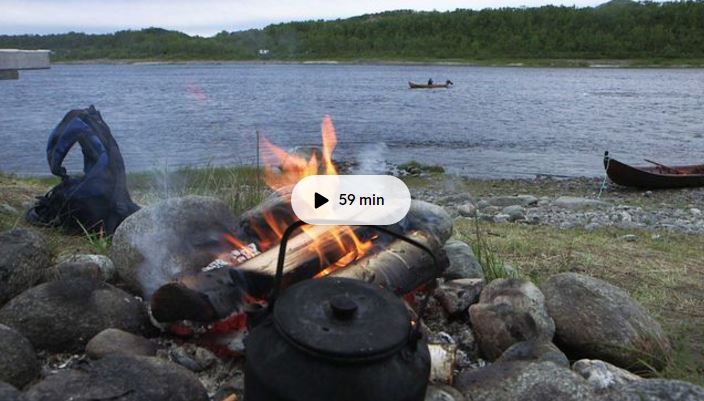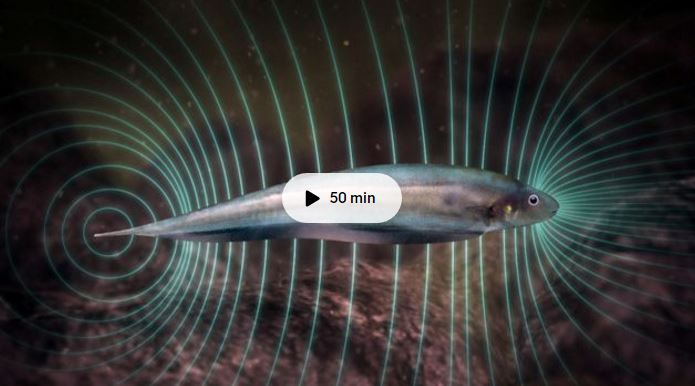12
MAY 2016 
Posted by Daniel Nyqvist |
Nyheter
Dams in rivers not only obstruct fish migration but can also have substantial ecological effects upstream and downstream of the dam. Conservation Magazine writes about a new study on how hydropeaking affects macroinvertebrate communities downstream of the regulating dams:
“A massive new study led by the U.S. Geological Survey lays much of the blame on hydropeaking, the practice of varying river flows below a dam depending on electricity demand. Because of hydropeaking, the amount of water released from a dam can vary by as much as ten-fold throughout the day, creating an artificial intertidal zone that propagates for hundreds of kilometers downstream.
The hour-by-hour variation in water levels is a major problem for aquatic insects, which are a key element of river food webs and important prey for fish, birds, bats, and other wildlife, researchers reported last week in the journal BioScience. But lowering river flows during times of peak egg-laying and low electricity demand could give those insects a boost.
Consulting a database of insect life-history traits, the researchers determined that more than three-quarters of aquatic insects lay their eggs in shallow water at the river’s edge or by cementing eggs to the undersides of partially submerged rocks. These species could be vulnerable to hydropeaking, they reasoned, because eggs laid during high river flows are likely to be exposed to the air once the hydropeaking tide passes.”
Read the article from Conservation Magazine here: A hydropeak tweak could make dams less damaging. The orginal paper is titled “Flow management for hydropower extirpates aquatic insects, undermining river food webs” and available here.
Part of the study was conducted in the Colorado River by young citizen scientist organized by the Grand Canyon Youth. The groups data collection and broader activities feature in this short film by Freshwater Illustrated:
National Geographics presents the film and credits the filmmakers here: Deeper Grand Canyon, More Communal Colorado River Revealed in New Online Film.









